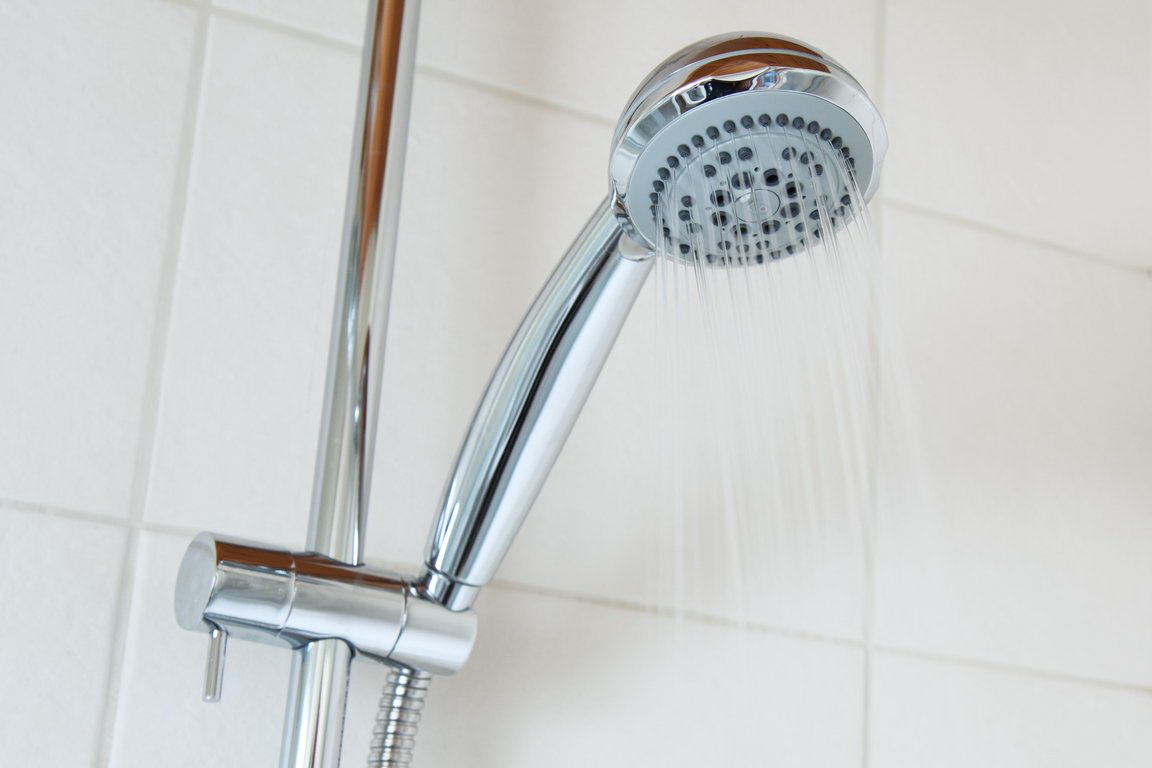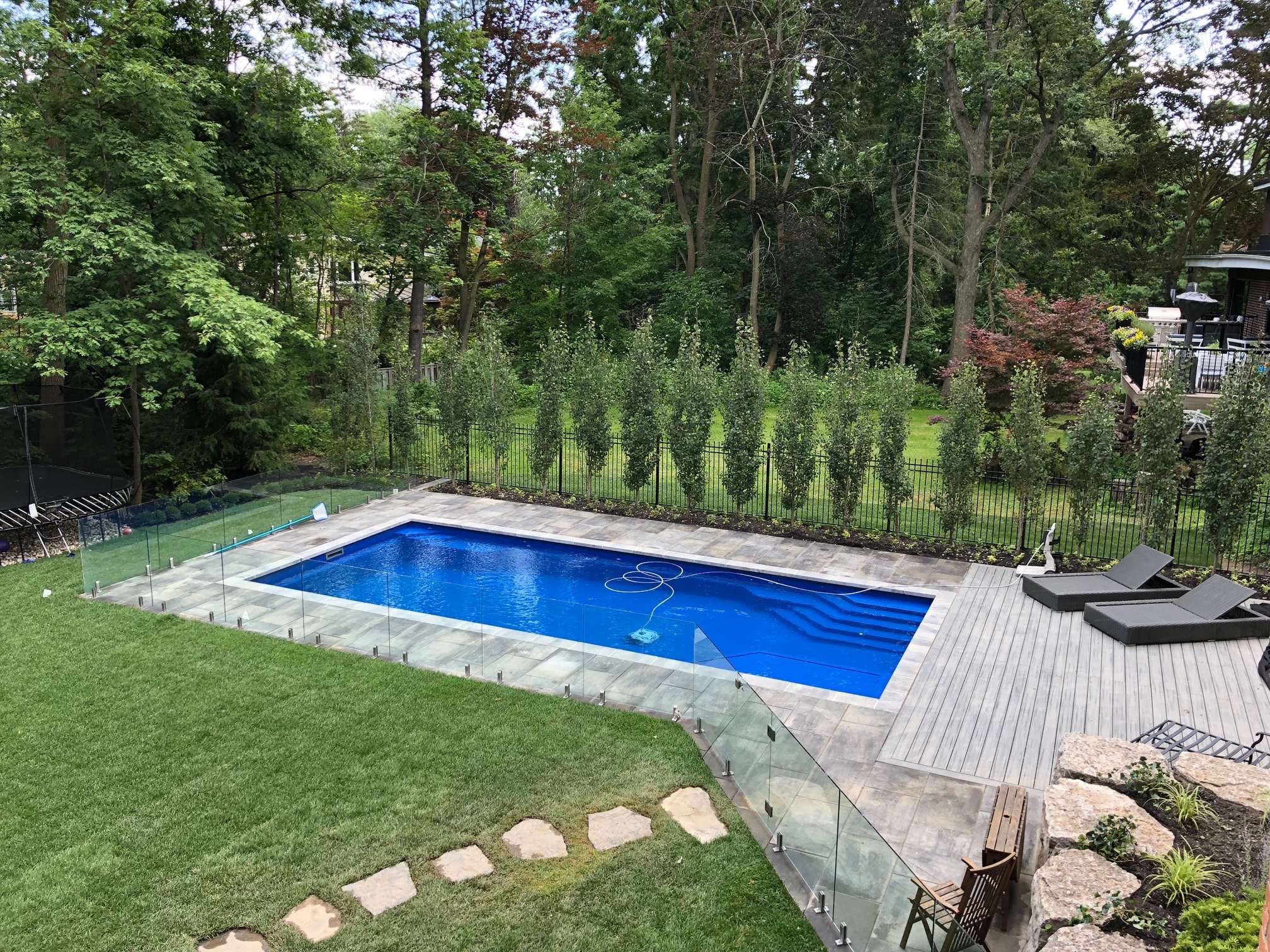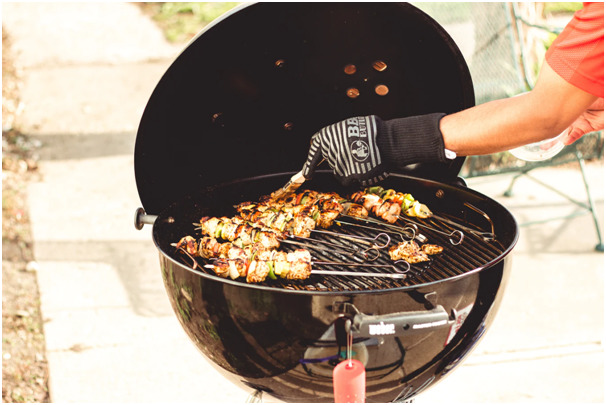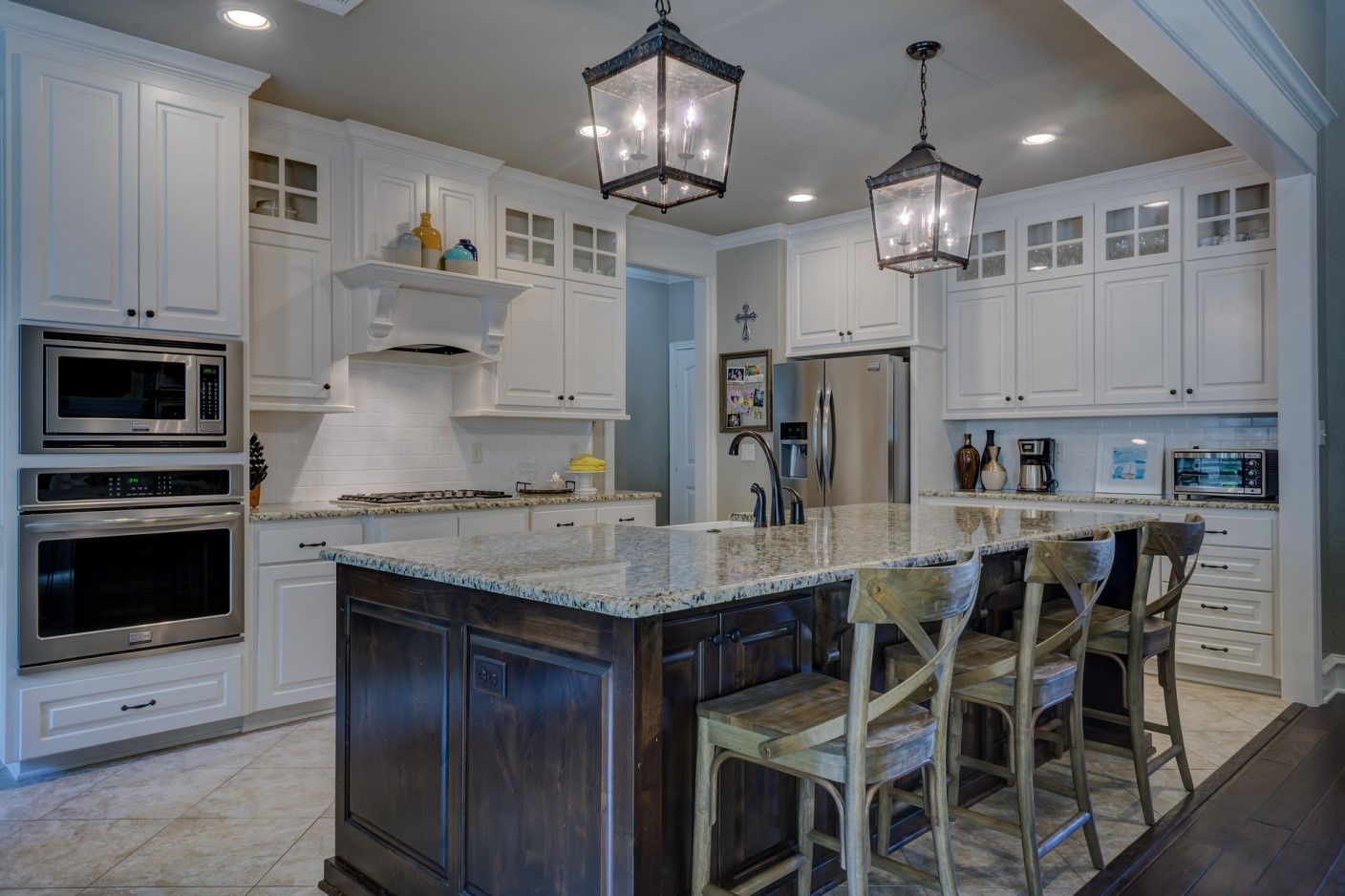
Plumbing problems happen often in households. Often, they don’t warrant the help of a professional, but many homeowners call one anyway because they don’t know the first thing about plumbing. (Turning off the water is a good start.)
In reality, common plumbing problems can be resolved by simple fixes, fixes that you can do yourself, like these ones.
Unclogging Toilet
Toilet clogs happen pretty often in households, especially if the toilet is also used as a trash bin. Fortunately, the average clog can be easily fixed with the right plunger at hand, says plumbing company in Sutherland shire.
There are three types of plungers. The most common is the sink, which has a bowl-like rubber-cup end and is used for sinks. For unclogging toilets, you need to use a flange plunger or an accordion plunger.
Unlike the sink plunger, these two have a smaller rubber cup at the end. The cup the accordion plunger has folds like the accordion instrument.
When dealing with plumbing problems, the first thing you should do is to turn off the water to prevent flooding or leaking. Then, you can use the plunger to push out what’s blocking your toilet drain.
Avoid flushing down toilet paper, wet wipes, sanitary pads, and tampons down the commode to prevent clogging in the future. For a more permanent solution, consider switching to a high-efficiency toilet with a macerating pump that will grind wastewater into a pulp for smoother flushing and drainage.
Fixing Frozen Pipes
Frozen pipes are common in autumn and winter. They can be minor inconveniences but can snowball into something more serious, leading to permanent damage on your pipes.
Unfortunately, there’s no quick fix to frozen pipes. You have to do it the slow way. This means using a hair dryer, heat lamp, space heater, hot towels, infrared lamp, or electrical tape to thaw pipes manually.
A word of warning: never use a blowtorch or open flame to melt the ice quickly. This can cause the pipes to crack or blow, then you’ll have a bigger problem in your hands. Before the cold season kicks in, cover plumbing pipes with insulation foam to prevent them from freezing, as well as safeguard against leaks.
Stopping a Leaky Faucet
Leaks account for 900 billion gallons of water waste in the United States every year. Every drop of water wasted is also your money flushing down the drain.
Broken faucets are common sources of leaks. Avoid wasting water and money by learning by fixing leaky faucets immediately. It’s easy to do.
Leaking is usually caused by a worn washer or loose faucet. For the loose tap, use a wrench to tighten it in place. If the washer is damaged or worn, you need to remove the handle, screw, and nut. Locate the washer, remove it, and install the new one.
Watch this video tutorial to learn how to fix a dripping faucet.
Clearing a Clogged Drain
Clear a clogged or slow-running drain through a manual method or a natural approach. The manual method uses a plunger to push down the drain and remove the blockage. For the natural approach, you need baking soda, vinegar, and boiling water to break down the obstruction and clear the drain.
If your drain has a garbage disposal unit, turn it off first to avoid accidents. After solving the problem, use a drain cover to catch debris prevent anything from blocking the sewer again.
Cleaning Showerhead
Showerheads tend to accumulate mineral deposits over time, causing uneven water flow. Fortunately, it’s easy to clean the blockage. You only need white vinegar and a plastic bag.
Fill the plastic bag with white vinegar, and tie it around the showerhead. Let the head soak for 15 to 20 minutes to soften mineral deposits. Once enough time has passed, remove the bag, and turn on the shower to rinse out the blockage.
Do It Yourself!
The average rate of hiring a plumber is $40 to $200 per hour, depending on the scale of the problem. Many of the plumbing issues you encounter at home are within the ability of most homeowners to fix.
There are lots of video tutorials and how-to guides on the internet to help you learn basic plumbing fixes. You only need to get yourself the basic repair tools and be diligent in learning and practicing these solutions.









